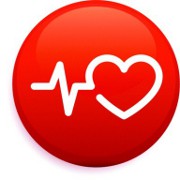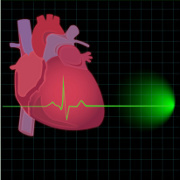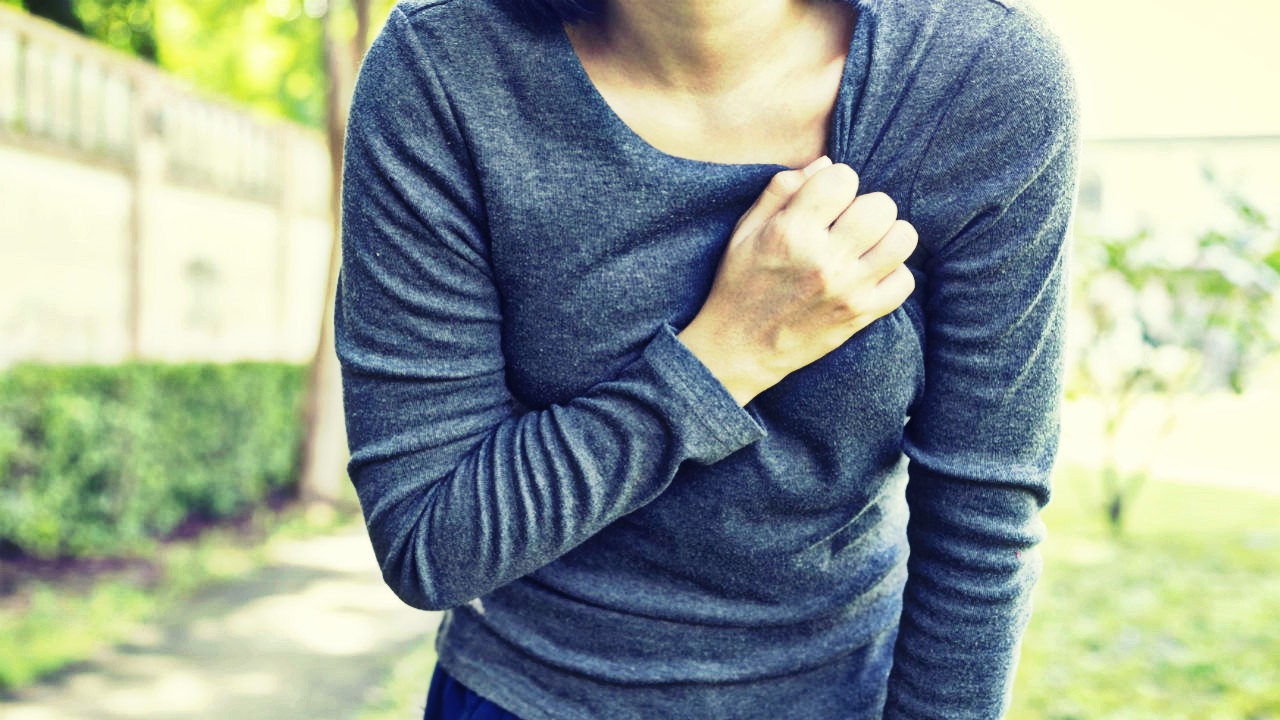 Photo: Getty Images
Photo: Getty Images
It would be hard not to notice that Valentine’s Day will soon be upon us. Storefronts, billboards, schools, businesses, and specialty aisles are adorned with an abundance of red hearts, reminding us that the month of lovers is just around the corner. In addition to being the month of love, February is also the American Heart Month. First established in 1963, the American Heart Month was conceived by the American Heart Association in an effort to raise money for heart research and education, and raise awareness of heart disease and stroke.
Currently, heart disease remains the number one killer in the United States, leading cancer and other diseases in terms of total deaths. One in three women will die of heart related disease. The American Heart Association reported that someone suffers a heart event every 25 seconds and a heart related death occurs every minute. Estimates indicate that 785,000 persons had a heart attack in the U.S. in 2009. Of those, approximately 40 percent will suffer a second heart attack. An equal opportunity disease, heart disease kills evenly between men and women with women accounting for 50 percent of all heart attacks.
Despite the grim statistics, there are many things you can do reduce your risk of heart disease:
Know the signs and symptoms of a heart attack
Knowing the symptoms of a heart attack can save your life. Despite education, many people remain unaware of the symptoms and wait to seek help until it’s too late. The main symptoms to look for include: chest discomfort (pressure, pain, a feeling of squeezing or fullness), discomfort in the upper body (neck, jaw, back, both arms, or stomach), shortness of breath, and other symptoms including nausea, light-headedness, or cold sweat.
Heart attack symptoms in women differ than those in men. Only 30 percent of women suffer chest pain prior to a heart attack and 43 percent report that they suffered no chest pain at all during their heart attack. The majority of women (over 70 percent) reported unusual fatigue prior to a heart attack. Almost half also reported sleep disturbances and shortness of breath prior to a heart attack. Other acute heart attack symptoms unique to women include shortness of breath (58 percent), weakness (55 percent), unusual fatigue (43 percent), cold sweats (39 percent), and dizziness (39 percent).
If you believe that you may be having a heart attack, don’t wait to seek medical attention. Minutes can often make the difference between life and death or disability. Call 911 anytime you suspect a heart attack.
Sources:
February is American Heart Month, Center for Disease Control and Prevention, 26 Jan 2010, http://www.cdc.gov/Features/HeartMonth/
Heart Attack Symptoms in Women, Heart-Attack-Symptoms.com, http://www.heart-attack-symptoms.com/heart-attack-symptoms-in-women.html





Add a CommentComments
There are no comments yet. Be the first one and get the conversation started!